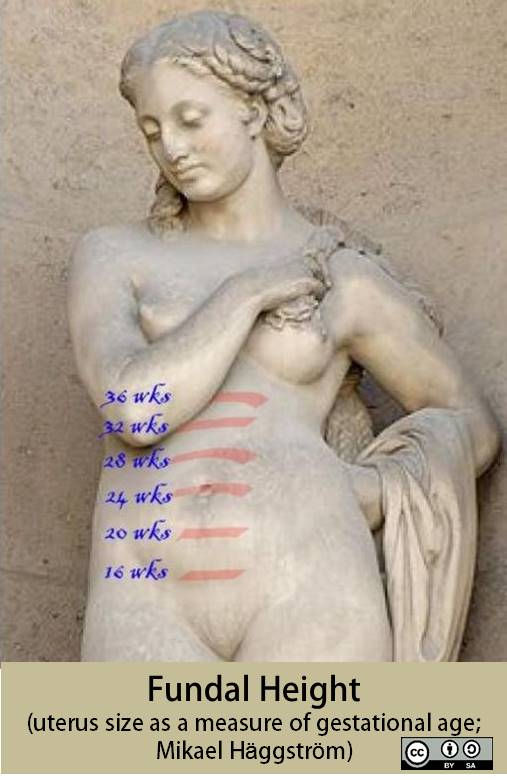The Longer the Boy, The Shorter the Life
- Dr. Richard Lazenby

- Jun 11
- 4 min read
Updated: Jul 22
Inadequate placental compensation challenges male fetuses more than females

Hormones, those wacky wonderful little chemical messengers that regulate so many of our bodily comings and goings also play an active role in the process of sexual differentiation – making boys and girls in the womb. In fact, it’s not until around the 7th or 8th week after fertilization that the sex of the baby is established. If the fetus is genetically-male (XY), it begins to produce the hormone testosterone as well as antimüllerian hormone, which together stimulate formation of testicular tissue. Balls, you say! Yes, we say! Girl babies (genetically XX) happen only in the absence of these hormones, so in a way, ovaries are the default gonad: no testosterone, no testicles. It takes a little extra special genetic programming found on the Y-chromosome – known as the SRY [see footnote 1] gene – to construct baby boys. But guys, before you go off half-cocked boasting ‘Y rocks!’, take note: a boy’s life in the womb is not always particularly cheery.
Scientists have known for some time that pregnancies involving boy babies tend to have a greater number of complications. Male fetuses are involved in more frequent placental difficulties, and have a higher mortality around the time of birth compared to females. When mom’s nutrition is poor, boys grow more slowly in body size (but not head size – they sacrifice body growth for brain growth. In particular, they seem to be trading development of less important organs such as kidneys to favor brain tissue). However, when mom is well nourished, then kilo for kilo, boys are actually longer from head to bum than girls: they grow in length more quickly. This suggests an interesting albeit dangerous gambit: in good times, boys grow faster than girls in the uterus, as well as growing larger heads. All of which is fine and well unless mom’s nutritional status goes pear-shaped, especially early in gestation. If this happens the male fetus finds itself at greater risk of being born with a low birth weight and potentially compromised organ function – and a large head (and we’re not talking ego here!)
Now, researchers from Finland have added a new wrinkle to the challenges faced by males that can be traced to problems in the womb – as grown-ups, compared to women, men tend to have a greater likelihood of hypertension (high blood pressure) and, since hypertension is tied to a higher risk for heart disease, another reason for their shorter lives. These researchers, led by Johan Eriksson of the University of Helsinki, were able to take advantage of some pretty rare data: birth records of children born in Finland between 1934 and 1944 in which not only the infant’s weight was noted, but also the maximum and minimum width of the placenta [see footnote 2]. In addition, these birth records reported the mother’s height as well as her social class. These last two pieces of information are important since they indicate how well-nourished mom was during her own childhood and adolescent growth (taller = better), and her ability to provide nourishment to her own baby (we surmise that middle class is somewhat better able to support a family than lower class). From these records Eriksson and colleagues were able to locate and recruit just over 2000 men and women into their study of the relationship of birth weight, placenta size, and hypertension.
Their results were quite interesting, and a bit surprising. In both sexes, hypertension was associated with low birth weight and it didn’t matter if the infant was full term or premature. Smaller babies were just more likely to be unwell as adults. What was surprising was that men were more likely to be hypertensive if mom was middle-class and the placenta was a bit wider relative to the size of the fetus. One would think that a well-off mom and a larger ‘assembly womb’ should be good for development, not bad – so why the hypertension? Eriksson and co-workers suggest that what may be happening is incomplete placental compensation. Late in pregnancy, the larger male fetus may somehow signal (no doubt via hormones) a need for a somewhat larger placenta capable of transferring more nourishment from mom, whose middle class status would presumably support this added cost of pregnancy. Apparently, this phenomenon is not seen for girl babies, or for lower status mothers bearing males. The difficulty for boys in the womb is timing. If only partial placental compensation occurs, our longer male fetus may be forced to compete with its somewhat enlarged placenta for the nourishment mom is attempting – and failing – to deliver. The possible outcome? Lower birth weight, greater risk of adult hypertension, and a shorter life. Y not?
[Footnote 1] SRY stands for ‘Sex-determining Region Y’; on rare occasions, errors in gene replication can transfer the SRY gene to an X chromosome with the possible result of girls inheriting the gene may form testicular tissue.
[Footnote 2] Placentas are oval rather than round, so will be longer than wide, so to speak.
Where to Find the Science:
Eriksson, J. et al. (2010) Boys live dangerously in the womb. American Journal of Human Biology 22: 330-335. https:// DOI 10.1002/ajhb.20995
Related Posts:
UI 1, XY 0





Comentários